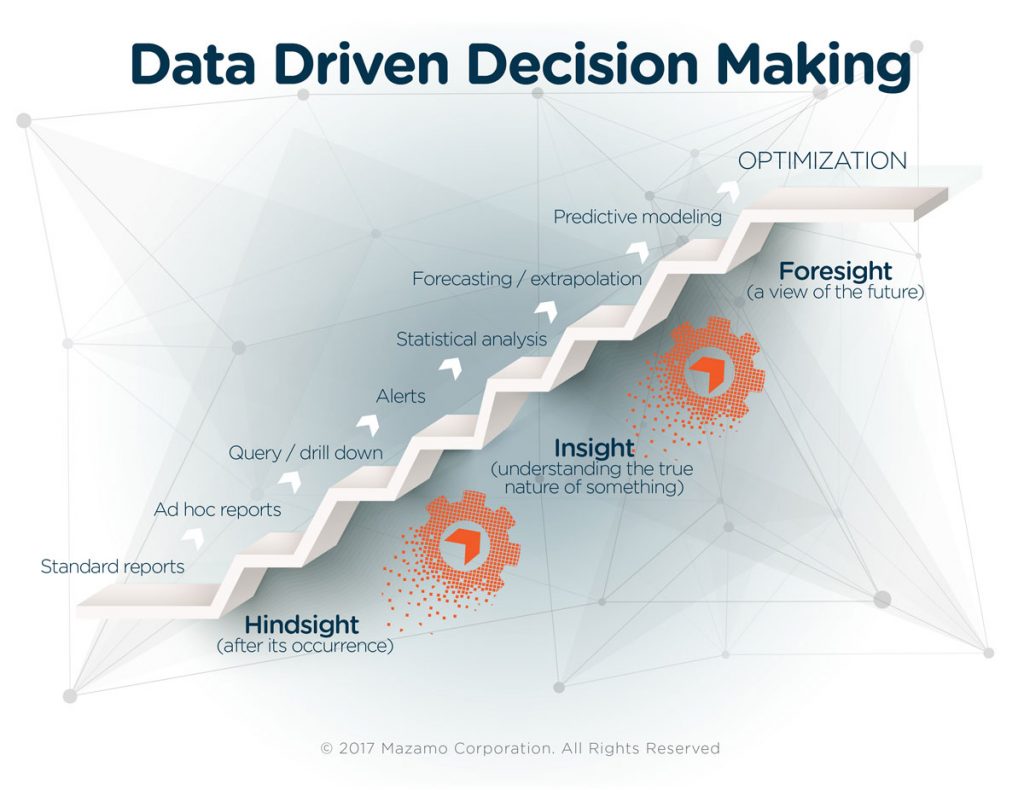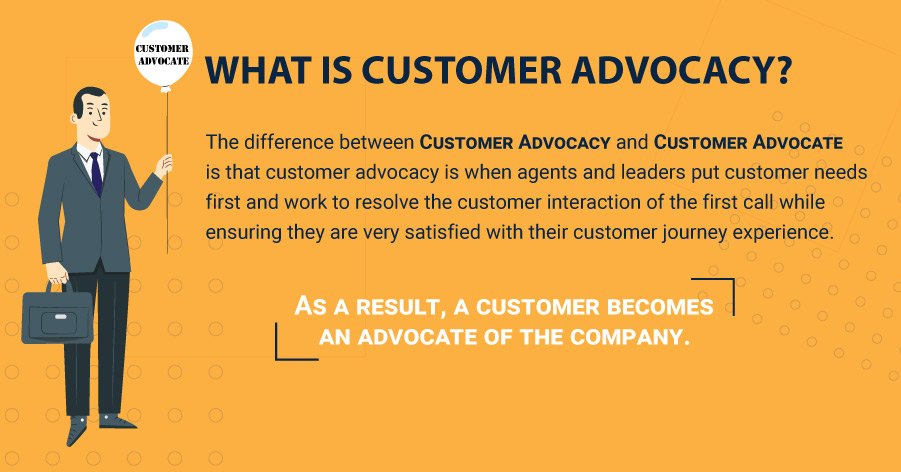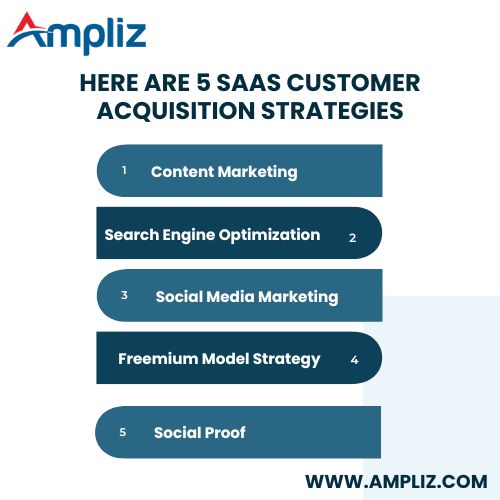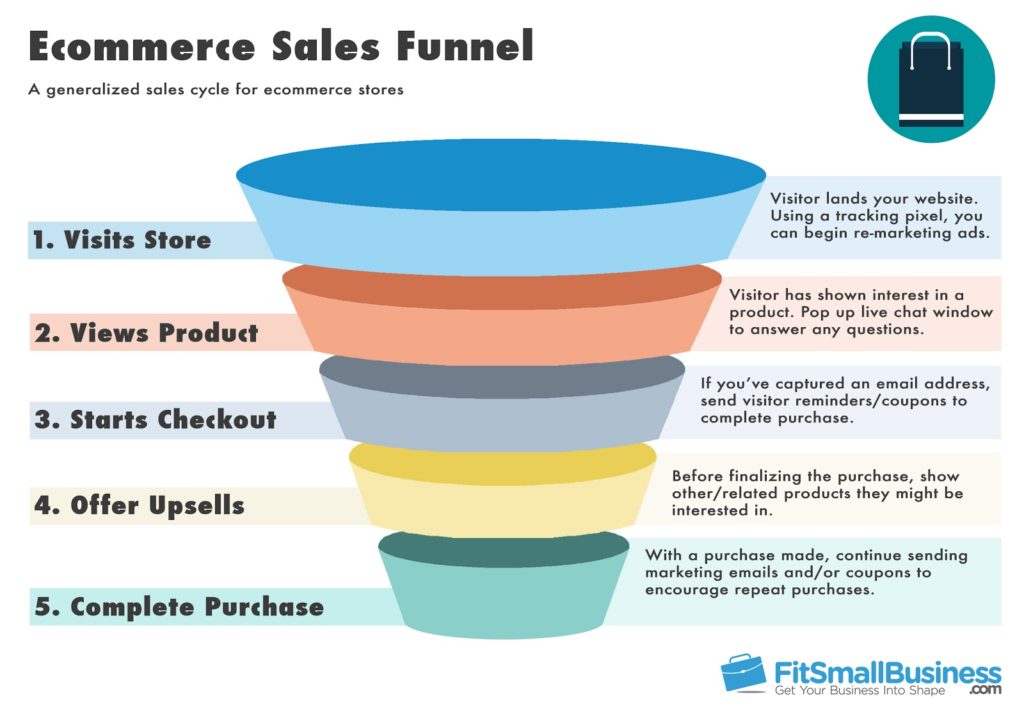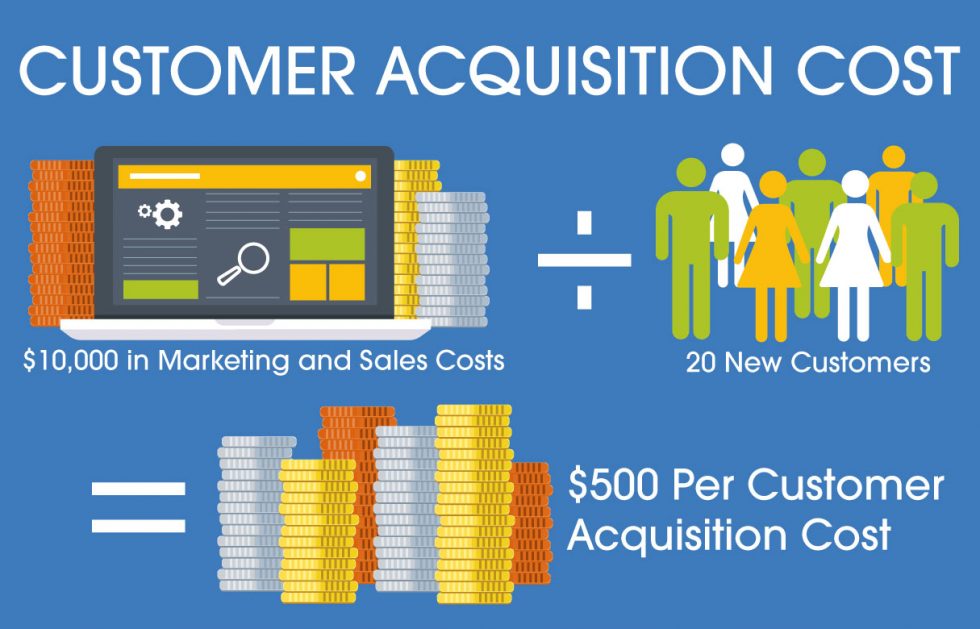Unlocking the Power of Data-Driven Decision Making
Data-driven decision making is the backbone of successful SaaS customer acquisition strategies. By leveraging data analytics, businesses can gain a deeper understanding of their target audience, identify high-value customer segments, and measure the effectiveness of their marketing campaigns. This approach enables companies to make informed decisions, optimize their marketing spend, and ultimately drive more conversions.
One of the primary benefits of data-driven decision making is the ability to segment customers based on their behavior, preferences, and demographics. By analyzing customer data, businesses can identify patterns and trends that inform their marketing strategies, allowing them to tailor their messaging and offers to specific audience segments. For instance, a SaaS company might use data analytics to identify a segment of customers who are more likely to convert based on their engagement with the company’s content.
Another key advantage of data-driven decision making is the ability to measure the effectiveness of marketing campaigns. By tracking key performance indicators (KPIs) such as click-through rates, conversion rates, and customer acquisition costs, businesses can evaluate the success of their marketing efforts and make data-driven decisions to optimize their strategies. This approach enables companies to allocate their marketing budget more efficiently, reduce waste, and drive more revenue.
Furthermore, data-driven decision making allows businesses to stay ahead of the competition by identifying emerging trends and opportunities. By analyzing industry data and market research, companies can anticipate changes in the market and adjust their strategies accordingly. This approach enables businesses to stay agile, innovate, and drive growth in a rapidly evolving market.
In the context of SaaS customer acquisition strategies, data-driven decision making is crucial for driving long-term success. By leveraging data analytics, businesses can develop targeted marketing campaigns, optimize their sales funnels, and ultimately drive more conversions. As the SaaS market continues to evolve, companies that adopt data-driven decision making will be better equipped to navigate the challenges and opportunities of this rapidly changing landscape.
How to Build a Lead Generation Machine with Content Marketing
Content marketing is a crucial component of SaaS customer acquisition strategies, enabling businesses to attract, engage, and convert high-quality leads. By creating high-quality, relevant content that resonates with target audiences, companies can establish themselves as thought leaders in their industry, build trust with potential customers, and drive conversions.
One of the key benefits of content marketing is its ability to attract organic traffic. By creating content that is optimized for search engines, businesses can increase their visibility, drive more website traffic, and generate leads. For instance, a SaaS company might create a series of blog posts that provide valuable insights and solutions to common pain points, attracting potential customers who are searching for answers online.
Another advantage of content marketing is its ability to nurture leads through the sales funnel. By creating content that is tailored to specific stages of the buyer’s journey, businesses can educate and engage leads, building trust and credibility along the way. This approach enables companies to convert leads into customers, driving revenue and growth.
Effective content marketing requires a deep understanding of the target audience, including their needs, preferences, and pain points. By conducting market research and analyzing customer data, businesses can create content that resonates with their audience, driving engagement and conversions. For example, a SaaS company might use customer feedback to create a series of case studies that showcase the success of their customers, building credibility and trust with potential customers.
In addition to attracting and nurturing leads, content marketing can also play a critical role in SaaS customer acquisition strategies by reducing customer acquisition costs (CAC). By creating high-quality content that attracts organic traffic, businesses can reduce their reliance on paid advertising, decreasing CAC and increasing ROI. This approach enables companies to allocate their marketing budget more efficiently, driving growth and revenue.
Furthermore, content marketing can be used to build a community around a SaaS product, fostering engagement and loyalty among customers. By creating content that is valuable, relevant, and consistent, businesses can build a loyal following, driving word-of-mouth growth and reducing churn. This approach enables companies to create a sustainable competitive advantage, driving long-term growth and revenue.
https://www.youtube.com/watch?v=4ajmfzj9G1g
The Art of Crafting Compelling User Experiences
User experience (UX) plays a critical role in SaaS customer acquisition, as it directly impacts the way potential customers interact with a product or service. A well-designed UX can reduce friction, increase engagement, and ultimately drive conversions. In contrast, a poorly designed UX can lead to frustration, confusion, and a high bounce rate.
One of the key principles of UX design is to create an intuitive and user-friendly interface. This means designing a product or service that is easy to navigate, with clear and concise language, and minimal cognitive load. By doing so, businesses can reduce the time it takes for users to complete a task, increasing the likelihood of conversion. For instance, a SaaS company might use a simple and intuitive onboarding process to help new users get started with their product, reducing the likelihood of frustration and increasing the likelihood of adoption.
Another important aspect of UX design is to create a consistent and cohesive brand experience. This means designing a product or service that aligns with the company’s brand identity, including its visual design, tone of voice, and messaging. By doing so, businesses can build trust and credibility with potential customers, increasing the likelihood of conversion. For example, a SaaS company might use a consistent visual design across all of its marketing channels, including its website, social media, and advertising, to create a cohesive brand experience.
Furthermore, UX design can be used to create a sense of progression and momentum, guiding users through the sales funnel and increasing the likelihood of conversion. This can be achieved through the use of clear and concise language, minimal cognitive load, and a clear call-to-action. By doing so, businesses can reduce the time it takes for users to complete a task, increasing the likelihood of conversion. For instance, a SaaS company might use a clear and concise call-to-action on its website, guiding users through the sales funnel and increasing the likelihood of conversion.
In the context of SaaS customer acquisition strategies, UX design is critical for driving long-term success. By creating a well-designed UX, businesses can reduce friction, increase engagement, and ultimately drive conversions. This approach enables companies to create a sustainable competitive advantage, driving growth and revenue. By prioritizing UX design, businesses can create a product or service that meets the needs of its users, increasing the likelihood of adoption and driving long-term success.
Additionally, UX design can be used to create a sense of personalization, tailoring the user experience to the individual needs and preferences of each user. This can be achieved through the use of data and analytics, allowing businesses to create a more targeted and effective UX. By doing so, businesses can increase the likelihood of conversion, driving growth and revenue. For example, a SaaS company might use data and analytics to create a personalized onboarding process, tailoring the experience to the individual needs and preferences of each user.
Leveraging the Power of Social Proof and Customer Advocacy
Social proof and customer advocacy are powerful tools in SaaS customer acquisition strategies, enabling businesses to build trust and credibility with potential customers. By showcasing customer success stories and leveraging user-generated content, companies can demonstrate the value and effectiveness of their product or service, increasing the likelihood of conversion.
One of the most effective ways to leverage social proof is through customer testimonials and case studies. By sharing real-life examples of how customers have achieved success with a product or service, businesses can build credibility and trust with potential customers. For instance, a SaaS company might create a series of case studies that showcase the success of its customers, highlighting the challenges they faced, the solutions they implemented, and the results they achieved.
Another way to leverage social proof is through user-generated content. By encouraging customers to share their experiences and success stories with a product or service, businesses can create a sense of community and social proof. For example, a SaaS company might create a customer advocacy program that rewards customers for sharing their success stories and experiences with others.
Customer advocacy is also a powerful tool in SaaS customer acquisition strategies. By empowering happy customers to become advocates for a product or service, businesses can create a sense of loyalty and enthusiasm that drives word-of-mouth growth. For instance, a SaaS company might create a customer advocacy program that provides incentives and rewards for customers who refer new customers to the business.
In addition to building trust and credibility, social proof and customer advocacy can also help to reduce friction in the sales process. By showcasing customer success stories and leveraging user-generated content, businesses can demonstrate the value and effectiveness of their product or service, increasing the likelihood of conversion. For example, a SaaS company might use customer testimonials and case studies to demonstrate the value of its product, reducing the need for lengthy sales pitches and increasing the likelihood of conversion.
Furthermore, social proof and customer advocacy can be used to create a sense of urgency and scarcity, driving potential customers to take action. By showcasing limited-time offers and promotions, businesses can create a sense of FOMO (fear of missing out) that drives conversions. For instance, a SaaS company might create a limited-time offer that provides a discount or incentive for customers who sign up within a certain timeframe.
In the context of SaaS customer acquisition strategies, social proof and customer advocacy are critical for driving long-term success. By leveraging the power of social proof and customer advocacy, businesses can build trust and credibility with potential customers, reduce friction in the sales process, and drive conversions. This approach enables companies to create a sustainable competitive advantage, driving growth and revenue.
Maximizing ROI with Paid Advertising Channels
Paid advertising is a crucial component of SaaS customer acquisition strategies, enabling businesses to reach a wider audience, drive traffic, and generate leads. However, with the rise of digital advertising, the competition for attention has increased, making it challenging to maximize ROI. In this article, we will discuss the role of paid advertising in SaaS customer acquisition, including strategies for optimizing ad spend and maximizing ROI across channels like Google Ads, Facebook Ads, and LinkedIn Ads.
One of the most effective ways to maximize ROI with paid advertising is to target high-value customer segments. By using data and analytics to identify high-value customer segments, businesses can create targeted ad campaigns that resonate with their target audience, increasing the likelihood of conversion. For instance, a SaaS company might use Google Ads to target customers who have searched for specific keywords related to their product or service, increasing the likelihood of conversion.
Another way to maximize ROI with paid advertising is to optimize ad spend across channels. By allocating ad spend across multiple channels, businesses can reach a wider audience, increase brand awareness, and drive traffic. For example, a SaaS company might allocate 50% of its ad spend to Google Ads, 30% to Facebook Ads, and 20% to LinkedIn Ads, depending on the performance of each channel.
Furthermore, businesses can use paid advertising to retarget customers who have abandoned their shopping cart or visited their website without converting. By using retargeting ads, businesses can re-engage customers, increase conversions, and maximize ROI. For instance, a SaaS company might use Facebook Ads to retarget customers who have abandoned their shopping cart, offering them a discount or incentive to complete their purchase.
In addition to targeting high-value customer segments and optimizing ad spend, businesses can also use paid advertising to build brand awareness and establish thought leadership. By creating high-quality ad content that resonates with their target audience, businesses can increase brand awareness, establish thought leadership, and drive traffic. For example, a SaaS company might create a series of ad campaigns that showcase its expertise and thought leadership in a specific industry, increasing brand awareness and establishing trust with potential customers.
Finally, businesses can use paid advertising to measure and optimize customer acquisition costs (CAC). By tracking the performance of ad campaigns and measuring CAC, businesses can make data-driven decisions to optimize ROI, increasing the efficiency of their marketing spend. For instance, a SaaS company might use Google Analytics to track the performance of its ad campaigns, measuring CAC and making data-driven decisions to optimize ROI.
In the context of SaaS customer acquisition strategies, paid advertising is a critical component of driving growth and revenue. By targeting high-value customer segments, optimizing ad spend, and building brand awareness, businesses can maximize ROI and drive conversions. This approach enables companies to create a sustainable competitive advantage, driving long-term growth and revenue.
Building a Referral Engine that Drives Word-of-Mouth Growth
A referral engine is a powerful tool in SaaS customer acquisition strategies, enabling businesses to incentivize happy customers to refer new customers. By building a referral engine, businesses can drive word-of-mouth growth, increase brand awareness, and reduce customer acquisition costs. In this article, we will discuss the importance of building a referral engine
Optimizing Your Sales Funnel for Maximum Conversions
Sales funnel optimization is a critical component of SaaS customer acquisition strategies, enabling businesses to streamline the sales process, reduce friction, and increase conversions. By optimizing the sales funnel, businesses can improve the customer experience, increase revenue, and reduce customer acquisition costs. In this article, we will discuss the importance of sales funnel optimization, including strategies for optimizing the sales funnel and measuring its impact.
One of the most effective ways to optimize the sales funnel is to identify and eliminate friction points. By analyzing the sales funnel and identifying areas where customers are dropping off, businesses can make data-driven decisions to optimize the sales process, reducing friction and increasing conversions. For instance, a SaaS company might use analytics to identify a friction point in the sales funnel, such as a lengthy sign-up process, and optimize it by simplifying the process and reducing the number of steps required.
Another way to optimize the sales funnel is to use A/B testing and experimentation. By testing different variations of the sales funnel, businesses can identify which elements are most effective in driving conversions and optimize the sales funnel accordingly. For example, a SaaS company might use A/B testing to compare the performance of two different versions of a landing page, identifying which version is most effective in driving conversions and optimizing the sales funnel accordingly.
Furthermore, businesses can use sales funnel optimization to improve the customer experience. By streamlining the sales process and reducing friction, businesses can create a more seamless and intuitive customer experience, increasing the likelihood of conversion. For instance, a SaaS company might use sales funnel optimization to simplify the onboarding process, reducing the time it takes for customers to get started with the product and increasing the likelihood of conversion.
In addition to identifying and eliminating friction points, using A/B testing and experimentation, and improving the customer experience, businesses can also use sales funnel optimization to increase revenue. By optimizing the sales funnel, businesses can increase the average order value, reduce cart abandonment, and increase the likelihood of upselling and cross-selling. For example, a SaaS company might use sales funnel optimization to identify opportunities to upsell and cross-sell, increasing revenue and improving the customer experience.
Finally, businesses can use sales funnel optimization to measure and optimize customer acquisition costs. By tracking the performance of the sales funnel and measuring customer acquisition costs, businesses can make data-driven decisions to optimize ROI, increasing the efficiency of their marketing spend. For instance, a SaaS company might use analytics to track the performance of the sales funnel, measuring customer acquisition costs and making data-driven decisions to optimize ROI.
In the context of SaaS customer acquisition strategies, sales funnel optimization is critical for driving growth and revenue. By optimizing the sales funnel, businesses can improve the customer experience, increase revenue, and reduce customer acquisition costs. This approach enables companies to create a sustainable competitive advantage, driving long-term growth and revenue.
Measuring and Optimizing Customer Acquisition Costs
Measuring and optimizing customer acquisition costs (CAC) is a critical component of SaaS customer acquisition strategies, enabling businesses to make data-driven decisions to optimize ROI. By calculating CAC, understanding customer lifetime value (CLV), and making data-driven decisions to optimize ROI, businesses can improve the efficiency of their marketing spend, increase revenue, and reduce customer acquisition costs. In this article, we will discuss the importance of measuring and optimizing CAC, including tips on calculating CAC, understanding CLV, and making data-driven decisions to optimize ROI.
One of the most effective ways to measure CAC is to use a customer acquisition cost calculator. By using a calculator, businesses can easily calculate CAC, taking into account the cost of marketing and sales efforts, as well as the number of customers acquired. For instance, a SaaS company might use a calculator to determine that its CAC is $100 per customer, based on a marketing budget of $10,000 and 100 customers acquired.
Another way to measure CAC is to use analytics tools. By using analytics tools, businesses can track the performance of their marketing campaigns, measuring the cost of customer acquisition and the revenue generated by each customer. For example, a SaaS company might use Google Analytics to track the performance of its marketing campaigns, measuring the cost of customer acquisition and the revenue generated by each customer.
Furthermore, businesses can use CAC to understand customer lifetime value (CLV). By calculating CLV, businesses can determine the total value of each customer over their lifetime, enabling them to make data-driven decisions to optimize ROI. For instance, a SaaS company might calculate that its CLV is $1,000 per customer, based on an average customer lifespan of 10 years and an average annual revenue per user (ARPU) of $100.
In addition to measuring CAC and understanding CLV, businesses can also use data-driven decision making to optimize ROI. By analyzing data on customer acquisition costs and revenue generated by each customer, businesses can make data-driven decisions to optimize their marketing spend, increasing the efficiency of their marketing efforts and reducing customer acquisition costs. For example, a SaaS company might use data-driven decision making to determine that its marketing budget should be allocated to social media advertising, based on the high ROI of social media campaigns.
Finally, businesses can use CAC to optimize their sales funnel. By analyzing data on customer acquisition costs and revenue generated by each customer, businesses can identify areas of the sales funnel where costs can be reduced and revenue can be increased. For instance, a SaaS company might use CAC to optimize its sales funnel by reducing the cost of customer acquisition and increasing the revenue generated by each customer.
In the context of SaaS customer acquisition strategies, measuring and optimizing CAC is critical for driving growth and revenue. By calculating CAC, understanding CLV, and making data-driven decisions to optimize ROI, businesses can improve the efficiency of their marketing spend, increase revenue, and reduce customer acquisition costs. This approach enables companies to create a sustainable competitive advantage, driving long-term growth and revenue.

